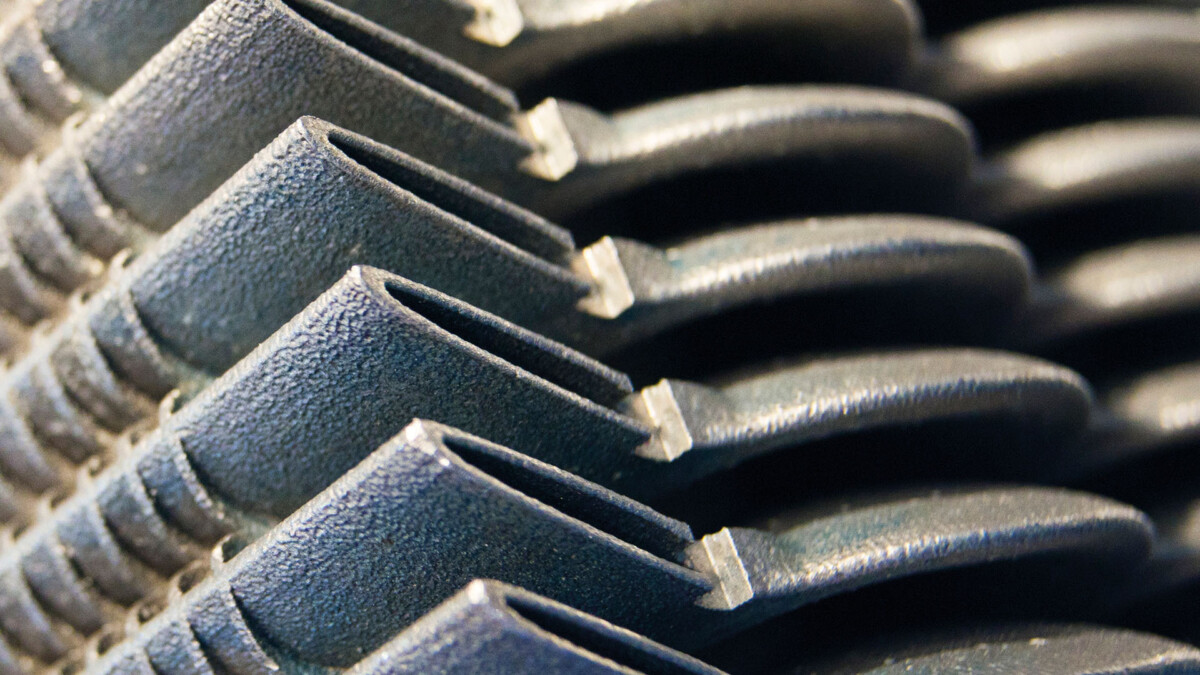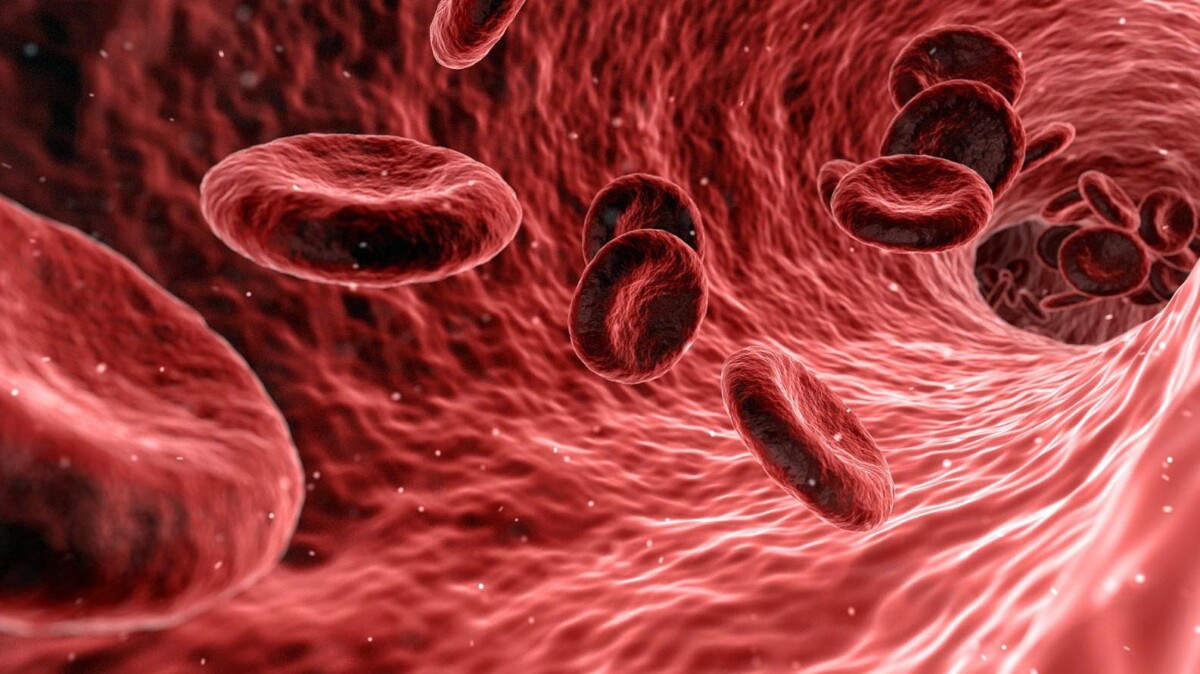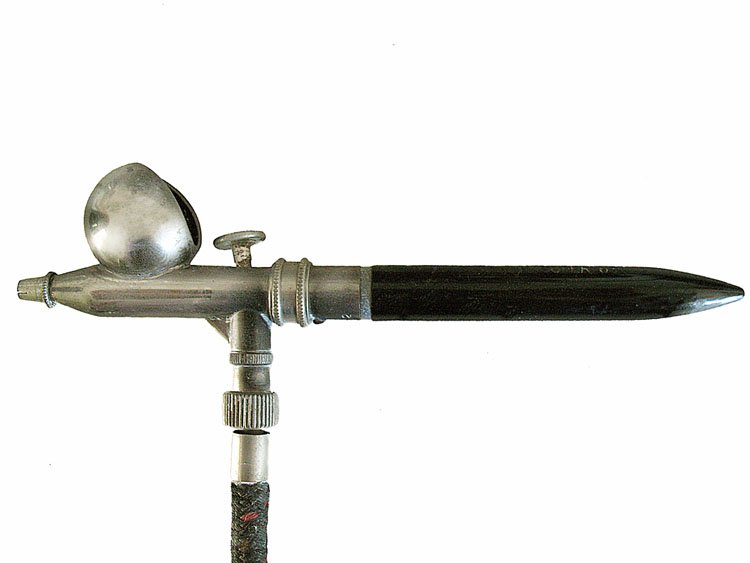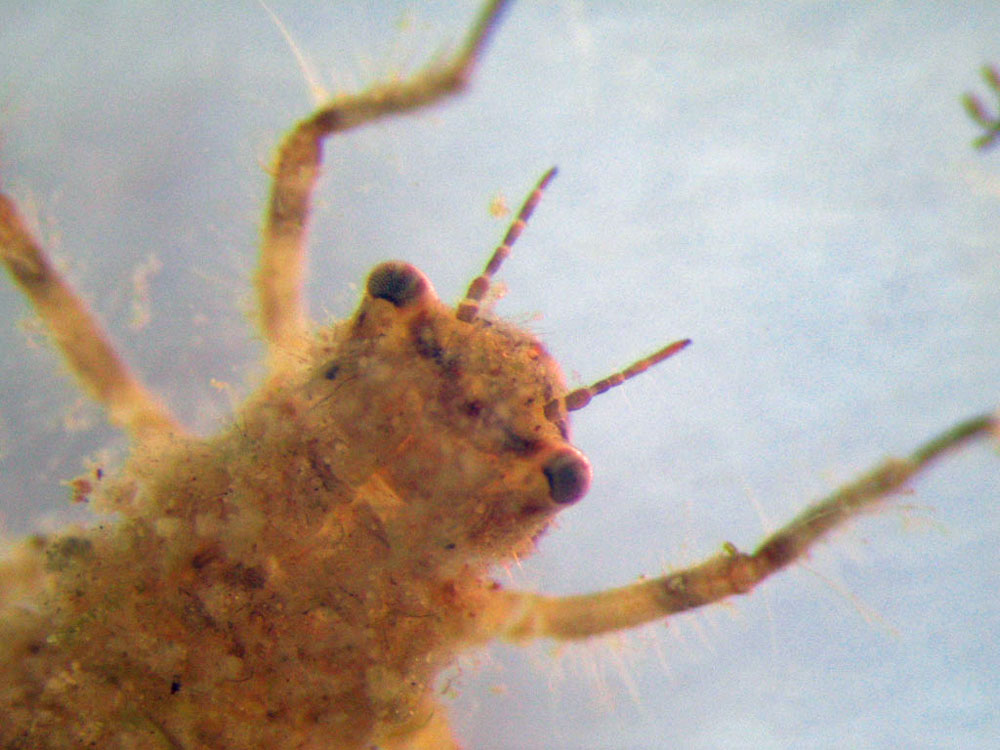Biophysics – bioengineering
-

Engineering Research Express – a new journal from IOP Publishing
IOP Publishing has introduced Engineering Research Express (ERX) as a new addition to its journal portfolio. ERX will publish experimental and theoretical research covering topics extending across all areas of engineering science, including interdisciplinary fields. It will have broad subject coverage, a fast-track peer-review process and an inclusive editorial selection process focused on scientific rigour […]
-

Plasma protein may hold promise for wound scaffolds
Researchers in Germany have employed a plasma protein found in blood to develop a new method for making wound-healing tissue scaffolds. The team’s new scaffold can be attached or detached from a surface, for either in vitro laboratory tissue studies or direct applications in the body. Their discovery, reported today in the journal Biofabrication, could […]
-

Meet the new guardians of the ocean – robot jellyfish
New robot jellyfish could be the key to monitoring and caring for fragile parts of the world’s oceans without damaging them. The robots were developed by a team of US scientists, from Florida Atlantic University (FAU) and the US Office of Naval Research. They were designed to be able to swim freely, steer from side […]
-

New method makes spinning collagen microfibres quicker, cheaper, and easier
Scientists in Norfolk, VA (USA) have developed a new method of making collagen microfibres, which could have applications in research, medical devices and clinical treatments ranging from ligament damage to skin burns. While collagen fibre manufacturing methods such as electrospinning and extrusion exist for biomedical applications, they have seen limited clinical success. This is partially […]
-

How dragonfly larvae could inspire more effective artificial heart valves
The way dragonfly larvae control the water jets they use to move and breathe could have a range of engineering and medical applications, according to new research. Published in Bioinspiration and Biomimetics, the study from the California Institute of Technology (Caltech), examined how Anisopteran dragonfly larvae control and adjust the repetitive water jets flowing through […]
-

IOP Publishing launches two Reviews journals
IOP Publishing has launched two new review journals, dedicated to biomedical engineering and energy research. To build on the success of Reports on Progress in Physics, and IOP Publishing’s established energy and biomedical engineering titles, the new journals focus on authoritative reviews and opinion pieces in the most significant areas of biomedical engineering and energy […]
-

Robot measurement system puts wind tunnel testing into top gear
A new method for measuring the aerodynamics of anything from an F1 car to a new aircraft design has been unveiled by a team of German scientists. Their system, known as RoboPIV, uses a combination of robotic automation and particle image velocimetry to give a large increase in the efficiency of measuring flow velocity. Writing […]
-

Drones could benefit from animals’ magnetic navigation techniques
Research by the US Air Force has found that magnetic navigation techniques used by some animals could allow autonomous vehicles to find their way without maps or GPS. The study, published today in the journal Bioinspiration and Biomimetics, used computer modelling to investigate the feasibility of animals using rare and/or unique combinations of magnetic properties […]







